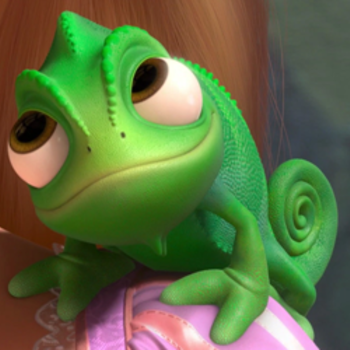A bag contains 30 discs: 10red, 10green, 10yellow. i) If 3 are drawn out in succession and not replaced, what is the probability of drawing 2 reds and 1yellow in that order? ii) If each disc is replaced after drawing what would the answer be now
2 Answers
Explanation:
First, set up an equation representing your word problem:
10 red discs + 10 green discs + 10 yellow discs = 30 discs total
1) Draw 2 red discs and 1 yellow disc in succession without replacing them.
We'll be creating fractions, where the numerator is disc you're drawing and the denominator is the number of discs remaining in the bag. 1 is a red disc and 30 is the number of discs remaining. As you take discs out (and not replacing them!) the number of discs in the bag decreases. The number of discs remaining decreases to 29 for the second fraction because 1 disc has already been removed and hasn't been replaced. The same process is repeated with a yellow disc, and the number of discs remaining is 28 since 2 red discs have already been drawn and haven't been replaced.
Multiply these numbers together to get your percentage.
0.0000410509 is your numerical answer. To convert it into a percent, place it in this fraction:
There's a very slim chance that'll happen.
2) Repeat this process, but replace the disks after you draw them. We'll be using the same numerators, but the denominator will remain 30 because you are putting the discs back into the bag. Therefore, your equation will be:
0.00003703704 is your numerical answer. To convert it into a percent, place it in this fraction:
There's also a slim chance this'll happen.
Without replacement:
With replacement:
Explanation:
The probability of drawing a red, then red, then yellow (without replacement) is the product of the individual probabilities, factoring in that the number of discs keeps decreasing.
"P"("red, red, yellow")P(red, red, yellow)
= "P"("1st is red") * "P"("2nd is red") * "P"("3rd is yellow")=P(1st is red)⋅P(2nd is red)⋅P(3rd is yellow)
On the 1st draw, there are 10 red discs out of 30 total.
On the 2nd draw, there are 9 red discs left out of 29 total.
On the 3rd draw, there are 10 yellow discs out of 28 total.
"P"("red, red, yellow") = 10/30 * 9/29 * 10 / 28P(red, red, yellow)=1030⋅929⋅1028
color(white)("P"("red, red, yellow")) = 1/cancel3 * (""^3cancel9)/29 * 5/14
color(white)("P"("red, red, yellow")) = 15/406
——————————————
The probability of drawing a red, then red, then yellow (with replacement) is the product of the individual probabilities, now considering each draw as the first draw (since the discs keep getting put back).
"P"("red, red, yellow")
="P"("red") * "P"("red") * "P"("yellow")
The probability of drawing a red is the number of reds (10) divided by the total number (30).
The probability of drawing a yellow is the number of yellows (10) divided by the total number (30).
"P"("red, red, yellow")=10/30 * 10/30 * 10/30
color(white)("P"("red, red, yellow"))=1/3 * 1/3 * 1/3
color(white)("P"("red, red, yellow"))= 1/27


